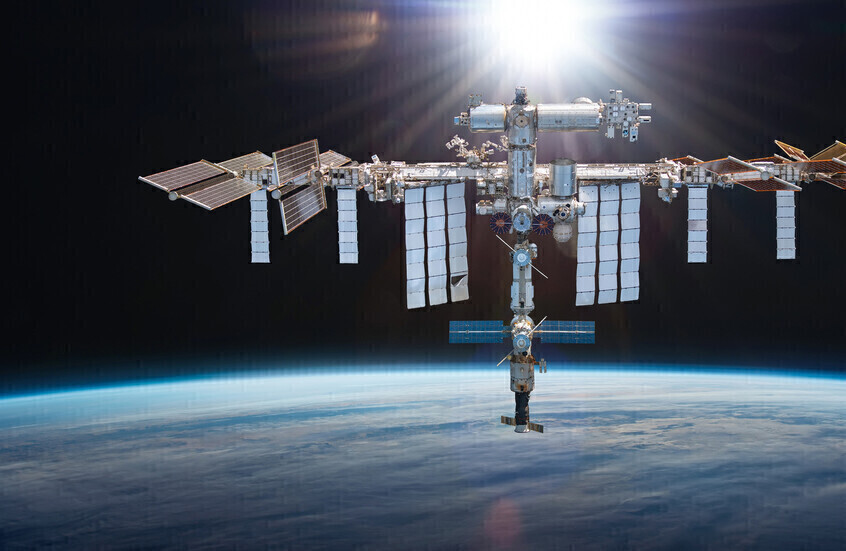NASA Astronaut Documents Rare Celestial Scene from the International Space Station

NASA astronaut Don Pettit captured an extraordinary scene from the International Space Station, showing the convergence of shimmering "Starlink" satellites in orbit with the flowing green aurora beneath them, in a cosmic tableau that combines technology and nature in a rare occurrence.
Pettit, who is also a professional photographer, stated that the satellites belonging to "SpaceX" designed for high-speed internet appeared "very clear," despite the natural lights of the aurora, adding that some "shone with a brightness almost equivalent to Jupiter, for durations ranging from one to ten seconds," according to what he published on the "X" platform on October 8.
This brightness is a growing concern for astronomers, as it may interfere with astronomical observations, especially when new satellites are launched that appear as "trains" of consecutive lights visible to the naked eye.
Exceptional Journey of a Seasoned Astronaut
Pettit's last mission ended after 220 days spent in space, as he returned to Earth on April 20, coinciding with his seventieth birthday, aboard a Russian "Soyuz" spacecraft that landed in the plains of Kazakhstan.
After his return, Pettit began to publish a series of photos and videos he documented during his mission, after his research and scientific commitments prevented him from sharing them while aboard the station.
"Starlink" Network.. Space Internet and Astronomical Concerns
Recent data indicates that the "Starlink" network currently includes about 8,600 active satellites, making it the largest satellite constellation in history. This network provides high-speed internet service to remote areas around the world, but it also raises increasing environmental and astronomical concerns.
In addition to its impact on night sky clarity, experts warn that the vast number of satellites may increase the risks of space debris, as well as atmospheric pollution from the metals produced by the burning of satellites upon their return to Earth.
Steps to Mitigate Light Pollution
In response to these criticisms, "SpaceX" confirmed that it is working on modifying the designs of its satellites to reduce solar light reflection, and has developed technologies that allow it to change the orbits of satellites when necessary to avoid collisions or interference with scientific experiments.
The company plans to continue expanding its network, aiming for a future total of about 42,000 satellites, in what is the largest project of its kind.